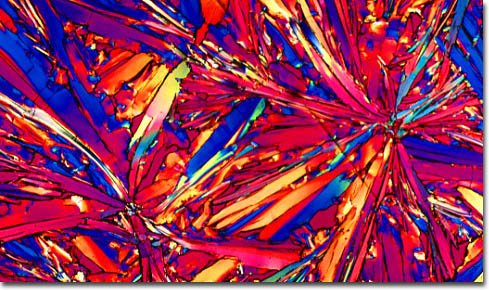|
Although the term crayon may refer to most any drawing implement produced in the shape of a stick, its usage in American classrooms almost always is indicative of a wax crayon. The popular coloring instrument is formed by melting beeswax, paraffin, or a similar material and stirring in dry pigment until it is well dispersed. Edwin Binney and C. Harold Smith created the first crayons ever specifically designed for use by children in 1903. Dubbed Crayola crayons, the initial box of the wax instruments created by the cousins only contained 8 different colors and sold for a nickel. Additional colors did not become available until 1949, when the number of crayons in a box jumped to 48. Since that time, a number of new colors have been added, although some have also been retired or renamed. In 2003, for instance, to mark the 100th birthday of Crayola, consumers were allowed to vote 4 colors out of the box, which were replaced with four new shades that were named collectively by the public.
|
